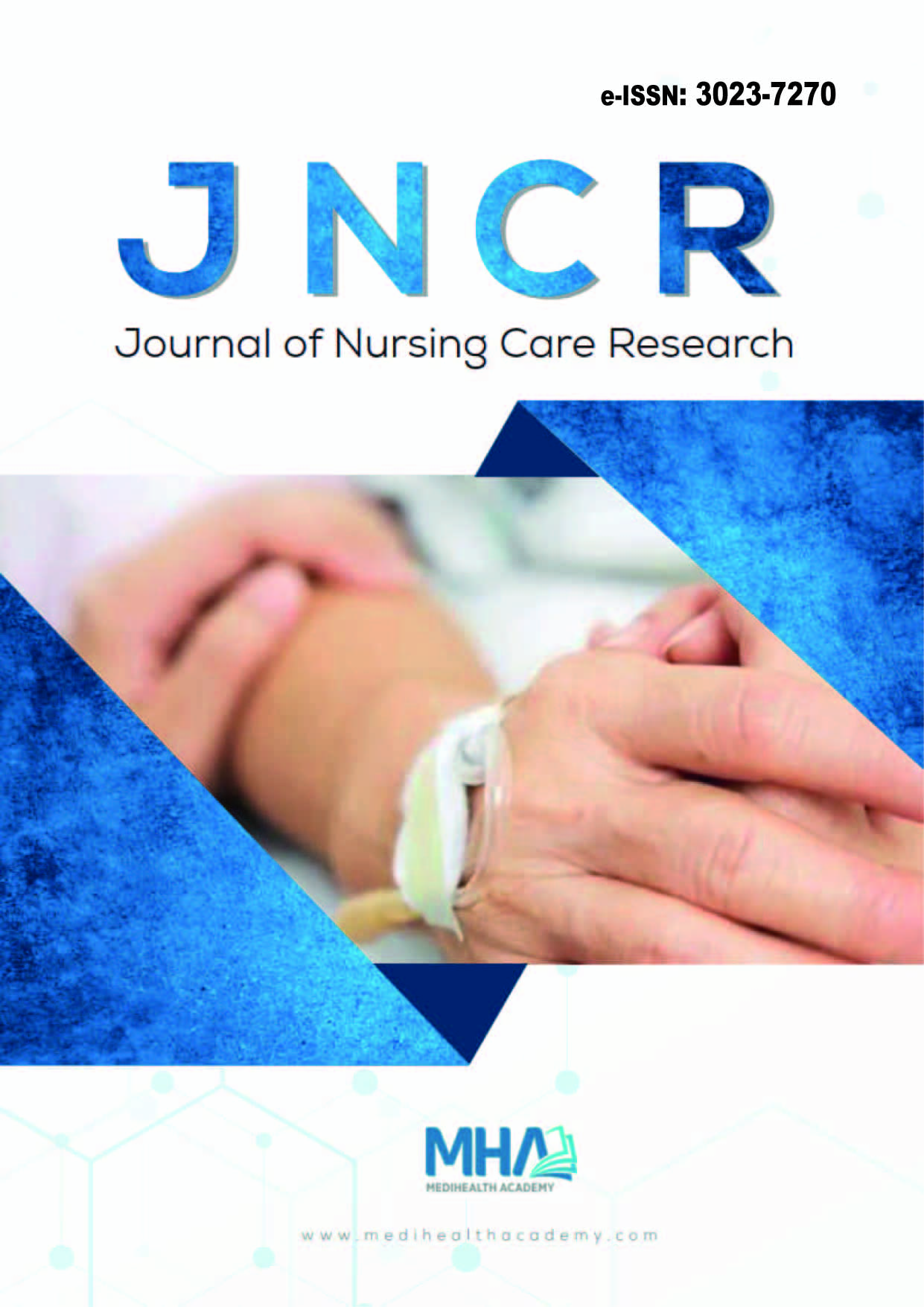N., Lordan. O., & Zaragoza-Marti, A. (2021). Effects of a school-basedintervention for preventing substance use among adolescents at riskof academic failure: a pilot study of the reasoning and rehabilitation V2program. J Healthcare, 9(11),1488.
Altındiş, M., Altındiş, S., & Saylı, H. (2011). A research to determine theattitudes of health professionals in the change process. ZKU J Social Sci,7(14),75-94.
Attepe Özden, S. (2015). The role of social work in preventive mental healthservices. J Comm Social Work, 26(1):191-204.
Carroll, J.J., Greene, T.C., & Noonan, R.K. (2018). Evidence-basedstrategies for preventing opioid overdose: what’s working in the UnitedStates, National Center for Injury Prevention and Control, Centers forDisease Control and Prevention, U.S. Department of Health and HumanServices. Available at: https://www.cdc.gov/drugoverdose/pdf/pubs/2018-evidence-based-strategies.pdf Access date: 01.03.2024.
Collins, S. E. & Clifasefi S. L. (2023). Harm reduction treatment forsubstance use. advances in psychotherapy- evidence based practice.Hogrefe Publishing.
Gingiss, P.M., Roberts-Gray, C., & Boerm, M. (2006). Bridge-It: A systemfor predicting implementation fidelity for school-based tobacco preventionprograms. Prevent Sci, 7, 197-207.
Hall, W. & Lucke, J. (2013). Drug decriminalization and legalization.In Miller, P.M., Ball, S.A., Bates, M.E., Blume, A.W., Kampman,K.M., Kavanagh, D.J., Larimer, M.E., Petry, N.M., & De Witte (Eds).Comprehensive addictive behaviours and disorders. Academic Press, 689-696.https://doi.org/10.1016/B978-0-12-398338-1.00070-1
Korkmazer, F., Aslan, T., & Ekingen, E. (2020). Investigation of healthcareworkers’ attitudes towards change. J Business Res, 12(3), 2580-2591.
Levengood, T.W., Yoon, G.H., Davoust, M.J., Ogden, S.N., Marshall, B.D.L.,Cahill, S.R. & Bazzi, A.R. (2021). Supervised injection facilities as harmreduction: a systematic review. Am J Prev Med, 61(5),738-749.
Marlatt, G.A., Baer, J.S., Kivlahan, D.R., Dimeff, L.A., Larimer, M.E. (1998).Screening and brief intervention for high-risk college student drinkers:results from a two-year follow-up assessment. J Consult Clin Psychol,66,604-615.
Marlatt, G.A. & Witkiewitz, K. (2010). Update on harm-reduction policyand intervention research. Annu Rev Clin Psychol, 6,591-606.
Moro, R.R., & Burson, J. (2018). Harm-reduction: Meeting clients wherethey are. In Lassiter, P. & Culbreth, J. (Eds.). Addiction theory and practice.Thousand Oaks, 235-257.
National Harm Reduction Coalition (2024). Overdose prevention.https://harmreduction.org/our-work/overdose-prevention/ Access Date:01.03.2024.
National Harm Reduction Coalition (2024). Principles of harm reduction.https://harmreduction.org/about-us/principles-of-harm-reduction AccessDate: 02.03.2024.
Psychiatry Association of Turkey (2024). Substance use and treatmentpolicies in Turkey. https://psikiyatri.org.tr/basin/266/turkiye-de-madde-kullanimi-ve-tedavi-politikalari Access Date: 28.02.2024.
Republic of Turkey Ministry of Development. (2018). Eleventh developmentplan 2019-2023. Healthy Living and Combating Addiction Working GroupSub-Working Group Report on Combating Addiction, Ankara.
Tangsig, C. (2012). Needle syringe exchange program for injecting drugusers. United Nations Office on Drugs and Crime (UNODC), RegionalOffice for South Asia.
Ünsal, G., Karaca, S., Arnik, M., Öz, Y.C., Aşık, E., Kızılkaya, M., ... &Şıpkın, S. (2014). The opinions of nurses who working in psychiatry clinicrelated to the roles of psychiatric nurse. J Marmara Univ Institute HealthSci, 4(2),90-95.
Wakeman, S.E. (2019). Harm reduction approaches for opioid use disorder.Treating Opioid Addict. 169-180.
Yoldaş, D. & Demircioğlu, H. (2020). Investigation of psychoeducationprograms for the prevention of substance use and addiction. J Dependence,21(1),72-91.
Zins, J.E. & Elias, M.J. (2006). Social and emotional learning. In children’sneeds III: development, prevention, and intervention; national associationof school psychologists: 1-13. USA.

